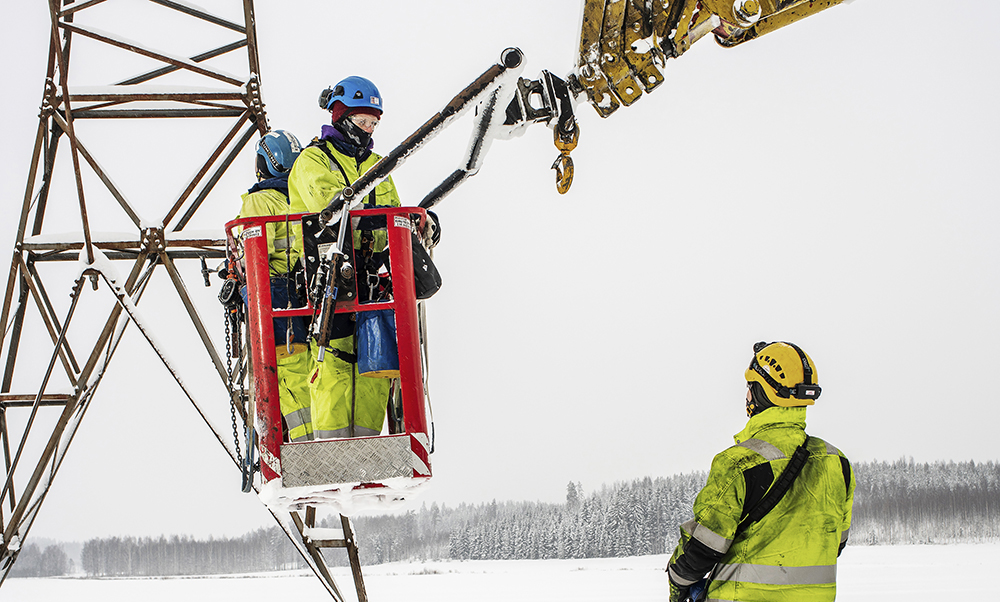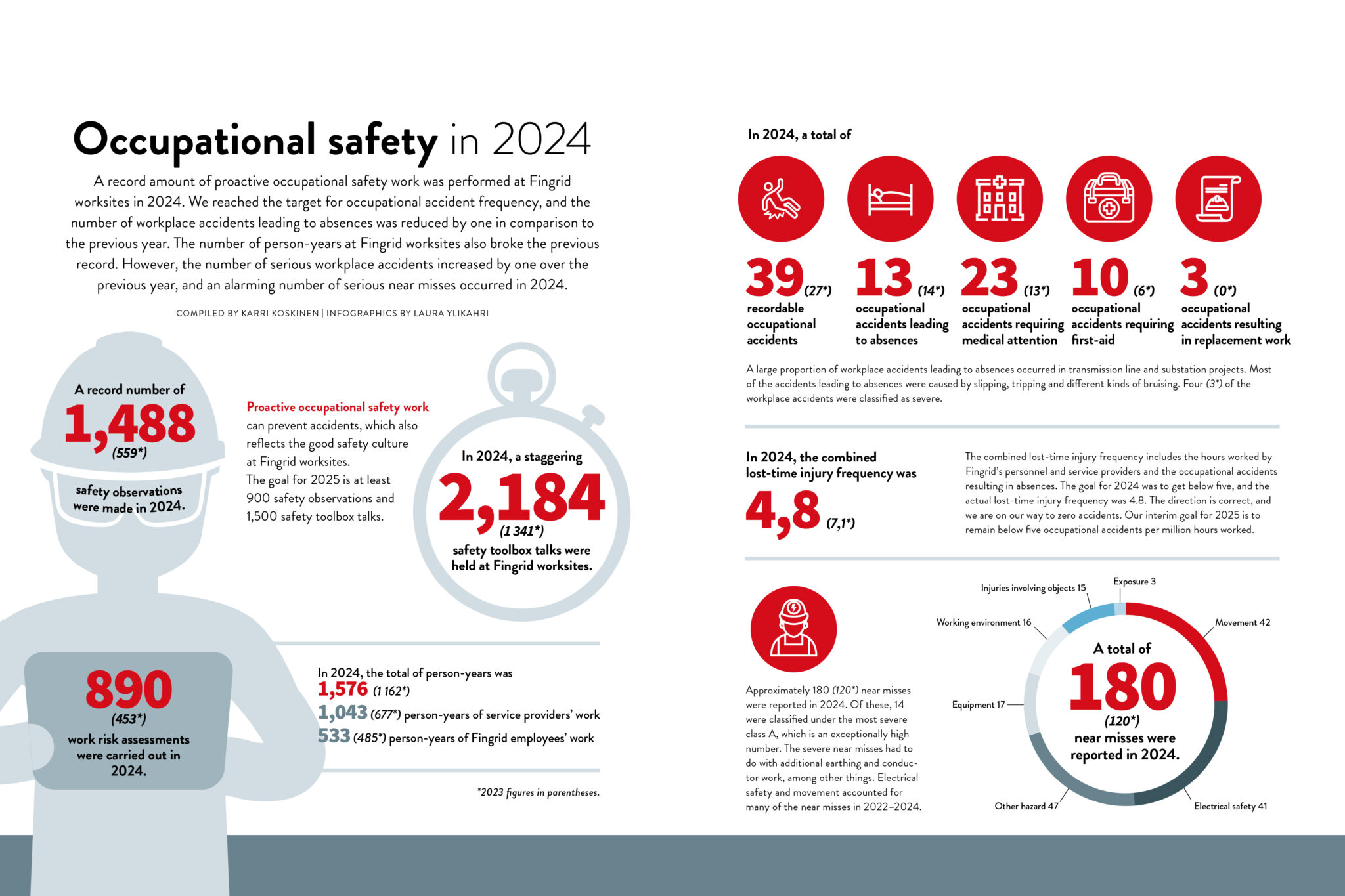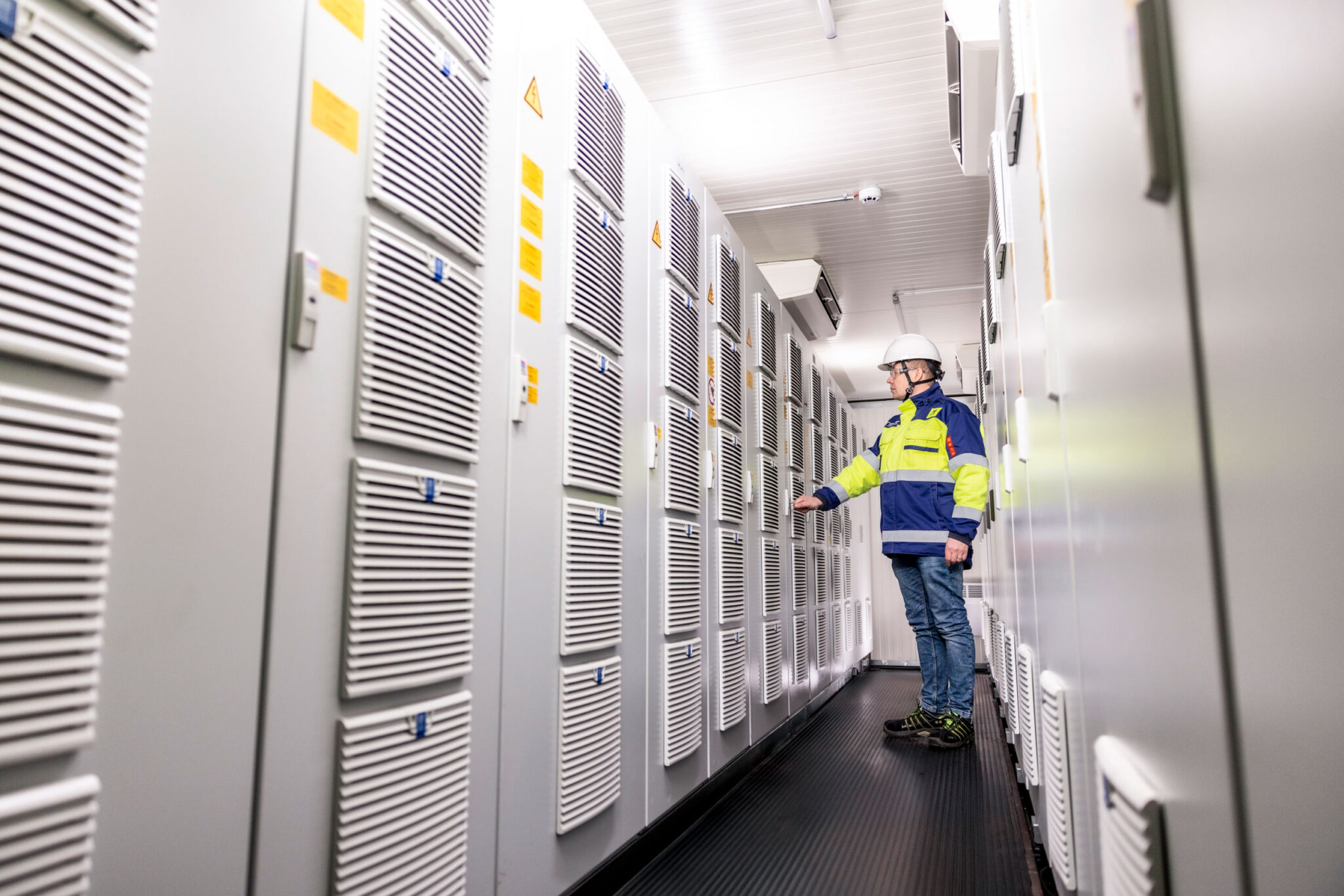
Fingrid organised a 9-week safety observation campaign at the end of last year. The campaign was intended for representatives of all the suppliers working at our worksites and for Fingrid’s own personnel. Our goal was to get as many people as possible to make as many observations as possible. We wanted to make the reporting process even easier and simpler, and to increase each person’s own safety thinking. The main theme of the campaign was “Think for yourself, report it yourself”. For the first time, we also tried notifications submitted via WhatsApp, which in practice gives everyone the possibility to make observations and contribute to improving safety at our worksites.
During the campaign, 130 different people made a total of over 250 observations related to safety. This included 232 safety observations, 15 near miss notifications and 8 observations concerning damage caused to outside parties or damage caused to us by an outside party. The number of positive observations was 46. Our suppliers submitted 62% and Fingrid employees 38% of all the observations.
What is making safety observations beneficial?
Fingrid reads every safety observation and near miss notification. After this, the near miss notifications are classified into the A, B and C severity categories. Observations in the A and B categories are examined in more detail by Fingrid or the supplier.
During the campaign, we received three near miss observations in the B severity category. All of these were studied, revealing hazards related to asbestos, the condition of equipment, and chemicals.
Some of the observations escalate into actions to improve safety. Implementation of these actions is monitored via the Quentic electronic system. A summary of everything, including the observations made during the campaign, is compiled every two months. This summary is available to all the suppliers. This is how we try to ensure that people learn from the observations.
In terms of numbers, safety observations were most common. After being processed by the contact person for the contract and the supplier, corrective actions are specified. The greatest number of safety observations concerned hazards related to slipping, tripping or falling from a low height. A lot of observations were also made about deficiencies related to electrical work, earthing and personal protective equipment.
After submitting an observation, the most important thing is to eliminate the immediate danger if possible. The observations can be classified according to event type, such as slipping and tripping. Classification helps us to find safety-related trends and thus identify risk types and areas and intervene promptly. A good example is when several safety observations are made about slipperiness and sanding at the same worksite. Several observations made about a topic that doesn’t seem very serious may signal a hidden and larger risk, which allows us to focus attention on it and perform the actions needed to eliminate the danger, such as sanding.
A second important point is summed up in the campaign theme “Think for yourself, report it yourself”. Submitting safety observations about risks that may seem insignificant is a way to develop your own safety thinking.









